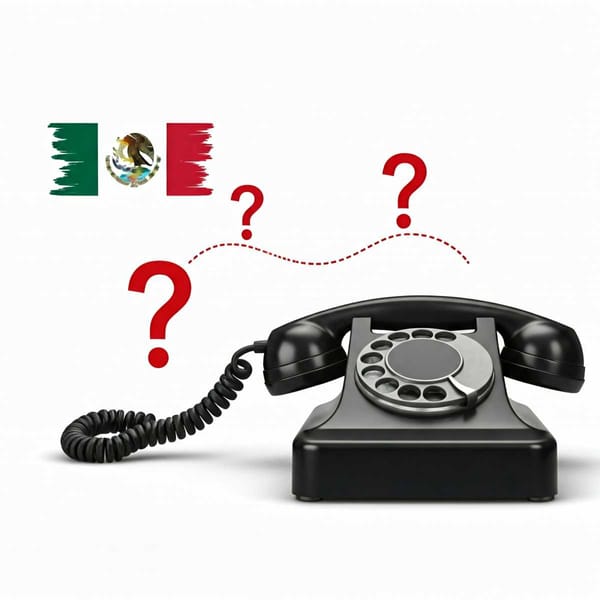Rarámuri: Journey of Death in Tarahumara Country
In Northwest Mexico, the Rarámuri or Tarahumara ethnic group tenaciously exists in the middle of the vastness of the so-called Sierra Tarahumara.

In Northwest Mexico, the Rarámuri (as they call themselves) or Tarahumar (as non-indigenous people call them) ethnic group exists tenaciously in the middle of the vastness of the so-called Sierra Tarahumara, which in truth corresponds to the portion of the Mexican State of Chihuahua of the environmental and cultural geographic conglomerate, which covers a certain portion of Northwest Mexico and the Southwest of the United States of America.
This portion of the territory was originally more extensive than it is at present; it included an approximate surface of 75 400 km2, with wooded areas of the summit (of between two to three thousand meters of altitude), small plains and valleys, endless hillsides and deep ravines (of between 300 and 400 m) in which the main rivers flow that irrigate the northwestern coast and the extensive arid lands located to the east of the mentioned border state.
The official demographic considerations on the Rarámuri group are not very reliable for reasons of criteria, elaboration, and census application, but the population estimates of the governmental agency dedicated in Mexico to the indigenous population, the National Commission for the Development of the Indigenous Peoples (CDI, ex-National Indigenous Institute, INI), propose the existence of the Rarámuri group, INI), propose the existence of approximately 100,000 inhabitants belonging to this ethnic group who live mostly in the so-called Sierra Tarahumara and in a considerable migrant band (seasonal or permanent) in the main cities of the state of Chihuahua, neighboring states, in the border strip and/or in the United States of America.
The language they practice is Rarámuri or Tarahumara, belonging to the Yuto-Nahua family, which spans from Utah (USA) to half of Central America. The Yaqui, Mayo, Pima, Tepehuán, Cora, Huichol, Guarijío, Concho and Náhuatl languages, among others, also belong to this linguistic family. Similar to each other, however, with time and geographic distances, these languages have become more and more differentiated. In general, Tarahumara thought is delicate, ceremonious, and is expressed in soft, non-guttural sonorities. It is complex and flexible, nuanced and precise, pictorial and loaded with legendary allusions: the latter, unfortunately, very little studied and known.
The formula for the creation of New Spain has already become a clear example of historical-cultural confrontation. However, the European occupation of the current northern territory of Mexico had characteristics and patterns that made it different from the process followed in the center and south of this country. The conquest of the north (later called Nueva Vizcaya) meant the subjugation of a population that obeyed a cultural matrix different from the one confronted (almost a century before) in the regions located in the center and south of contemporary Mexico. Nomads, semi-nomads, hunters and gatherers, sedentarized and semi-sedentarized corn farmers, as well as warrior bands, swarmed over this extensive territory.
The Sierra Madre Occidental, located between the states of Sonora, Chihuahua, Durango, Nayarit, and Jalisco in Mexico, and in the states of Arizona, Colorado, and New Mexico in the United States, constitutes a geographic corridor and an ethnic conglomerate product of a specific cultural matrix, and in whose habitat the main corn-producing cultures developed in the current North of Mexico, representative of the area known as arid-oasisamericana, some of them surviving to the present day and speakers of the aforementioned linguistic family.
According to historical demographic estimates, when the Europeans arrived in this region, they found more than 200,000 Indian settlers and at least 45 different ethnic groups that practiced around 20 languages. This brief profile is further complicated by the fact that the ethnic group to which we allude also suffered the Anglo-Saxon conquest and its subsequent expansion, which gave rise to the current territory of the United States; likewise, ancestral cultural traditions of territorial mobility, penetration by Jesuit and Franciscan missionary actions, repopulation of colonial origin and contemporary seasonal (and also definitive) migrations that have undoubtedly been spurred by the civilizing "cycles of contact" persist in the region.
Unlike other development situations in the Sierra Madre Occidental (such as the severe evangelization carried out by the Jesuits and Franciscans since 1604, the colonial and republican mining exploitation, the construction of the railroad since the end of the 19th century, the depredation of the coniferous and oak forests, extensive cattle ranching since the middle of the last century, and shortly after, the cultivation of crops dedicated to the cultivation of narcotics, the proliferation of drug trafficking and the introduction of indigenous practices as a result of the Mexican Revolution of 1910-1940, in our days it happens that, to the extent that the necessarily unequal contacts between national society and indigenous societies are narrowing, the complex wefts of the vast conglomerate of ethnocultural differences between indigenous and non-indigenous society are widening, specifying, recreating and deepening.
Death, undoubtedly, occupies a central place in life among the Rarámuri: "we live to die," they often say, and they accept death as an inevitable part of their existence and talk explicitly and naturally about it.
However, this attitude does not imply that they are not worried about it; indeed, during their mundane life they live in permanent fear of suffering some illness that makes them "sad" (which is the synonym for being sick) and of suffering a debilitating illness that leads to death.
For a Rarámuri, life is complicated but perspicaciously about not falling into some spell or evil spell whose result constitutes the irremediable end of their life, which simply and simply means of their great appreciation, precisely, for their time of permanence in this "middle world", where, by divine grace, Tatadiosi gave them permission to sow, reproduce and content it with rites of fecundity, fertility and with ceremonies that if they are carried out in time and form will allow them to avoid and keep away the evils. In this sense, the cult to the sun, the moon, the water, the morning star, the rays, the invocations to the peyote (or jíkuri), to the existence of "a lord of the world below", to numerous spirits and other fabulous beings and vermin that usually adopt varied and practically infinite corporealities stand out.
Today's Rarámuri has lost -if we can say so- the great values of the owirúame and a great part of their practices oriented to the survival of the human condition. The knowledge of the old "sorcerers" or sukurúame has been preserved by descendants who also inherited the importance of knowing how to cure and handle this type of so-called traditional indigenous medicine. This knowledge has been jealously guarded and constitutes the basic elements of the internal struggle between Tarahumares, despite the attempts of religious orders and other governmental and non-governmental development agencies to prohibit and restrict it.
The souls of the departed are supposed to undertake the journey over the surface of the earth itself. Although people differ on the details of this journey, they generally agree that it should take place over three days in the case of men, and four days in the case of women. Even though the living people do not manage to see the dead while traveling (because they already have another form of the soul), it is not difficult for them to recognize in the swirls of the wind that go through the countryside, the mountains and even in the noises they say they perceive, the souls of the dead in transit, although this is only a suspicion.
It is said -among the cimarrones, or unbaptized-- that when the one who dies is baptized and his wife is not, the light also goes out and he cannot see the way to undertake the journey; then he can return, go back, because he does not find the path: that is why it is recommended not to be baptized because the cimarrones do not struggle (have any difficulties) with the light that guides them on their journey since they can light ocote, a pinewood specially prepared to light with the mere rubbing and that becomes a fire.
On the other hand, with the candles, apart from the fact that the relatives have to go to the store to look for them, these are frequently extinguished and they must take into account that in the world to which they travel there is more darkness and, since they do not know the terrain, they run many dangers.
In the past, the house of the deceased was destroyed, burned, or abandoned and the relatives went to live elsewhere. Today, some Rarámuri still maintain the custom of destroying or burning the house, but the majority no longer do so: they either sahuma it and abandon it for a while, or build a new one a short distance from where they had lived. In all cases, the economic situation, the kinship network, and the accessibility to farmland will allow the most pertinent decisions to be made.
Source: This is a brief excerpt from a longer investigation Viaje de la muerte en el país de los tarahumares written by Professor Augusto Urteaga Castro Pozo via INAH.




